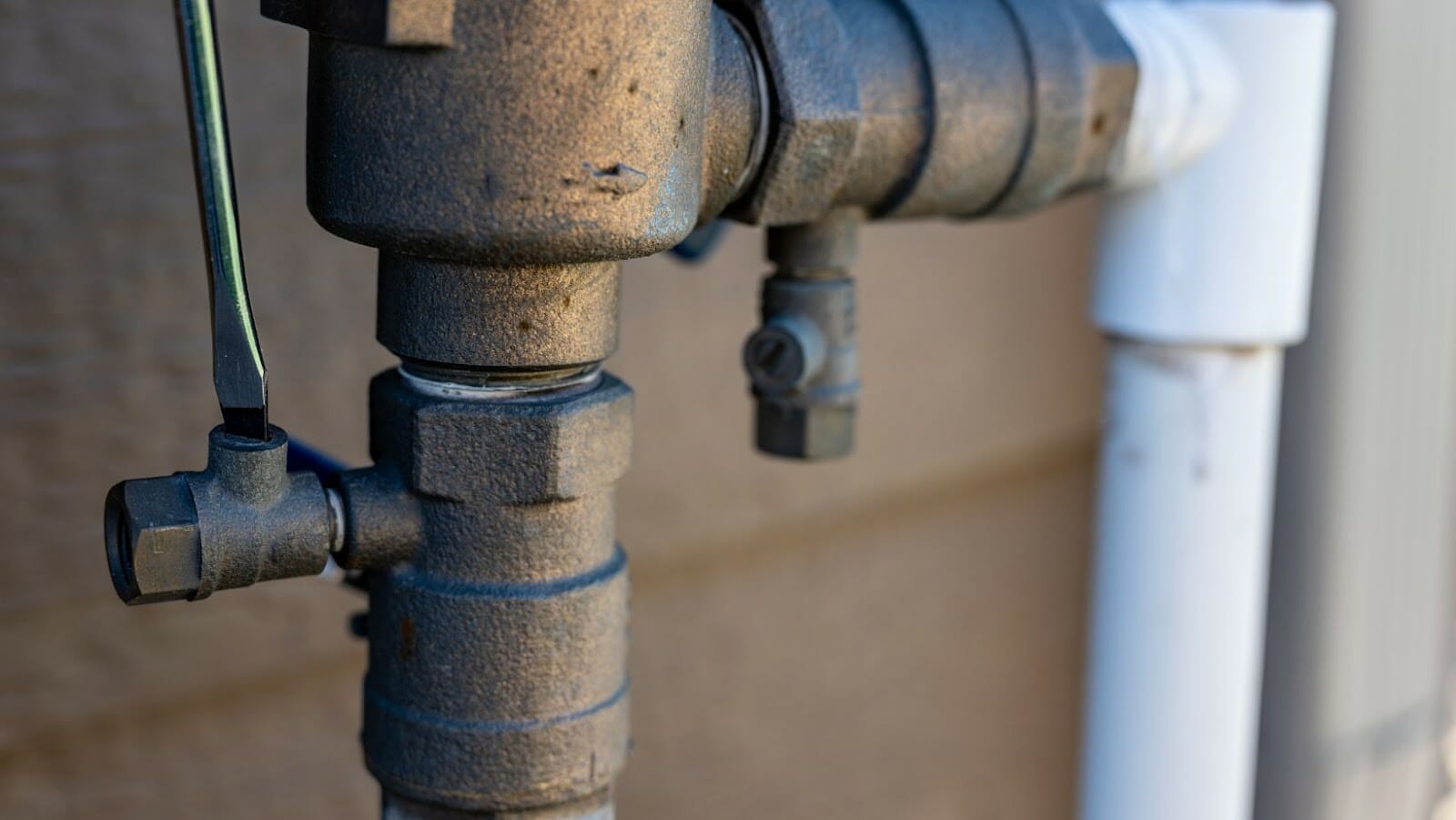Backflow testing is required in some states to ensure the safety of your groundwater. Backflow is a serious plumbing issue that requires attention and knowledge to prevent. If contaminants get into your clean water supply, you risk sickness and damage to appliances. Let’s explore what backflow is and why it happens, what a backflow preventer is, and why these devices need regular testing.
What is Backflow?
Backflow is when water in a system reverses direction. This change in direction is caused by lowered pressure. A back siphonage occurs when contaminated water is sucked backward by a loss of pressure in your clean water supply.
What Causes Backflow?
Backflow is most commonly caused by cross-connections, which are pipes connecting two different parts of your water system. These connections can be intentional or accidental, but they both result in potentially hazardous situations.

Why Is Backflow Testing Required?
The purpose of a backflow system is to protect the quality of drinking water. However, it will not effectively do so if no one ensures that the system is working properly. Therefore, the Department of Health requires that a backflow system is in place and that this system is tested regularly.
It’s important to note that not all states require homeowners to have their pipes tested for leaks or devices installed with this additional feature (though many do). So if you live in one of those states where testing isn’t required by law, don’t panic! You’re still protected from contaminated water as long as your pipe doesn’t leak or burst.
What Happens During the Test?
Backflow Testing is when an inspector tests backflow prevention devices to ensure that they are operating properly. First, a professional needs to check the property’s water supply piping to ensure that it is not causing any potential problems. Then, the inspector can check every device before approving the plumbing for use on that property.
What Type of Properties are Required to be Tested?
Most often single-family homes are exempted from testing, but not always. Check with your city and find out for sure. Multi-family homes like apartments and condos and commercial businesses need backflow prevention devices and testing to ensure the safety of the water being supplied to residents.
How Often Is Your System Tested?
Your plumber can advise you on how often your system needs testing. Some systems must be tested yearly, and others are required every three years. The results of the tests are reported to the state health department. This information is essential for determining whether or not backflow prevention devices are working properly and need to be inspected more closely, replaced, or repaired. Also published are the instances of backflow occurring at different locations.

Backflow Testing Keeps Water Safe
Backflow testing is a critical part of maintaining the quality and consistency of water. When your system is tested, you can rest assured that your water will be safe, efficient, clean, and flowing—and not doing damage to any appliances with which it comes into contact.
In the 1800s, when many small towns were just starting to grow, diseases like cholera, polio, dysentery, hepatitis A, and typhoid caused a lot of deaths due to contaminated water. Testing prevents death and disease from dirty water.
We hope this information has helped you understand the value of backflow testing in keeping your water safe. But if you have any questions, just reach out to a local professional who can explain and evaluate your system.












